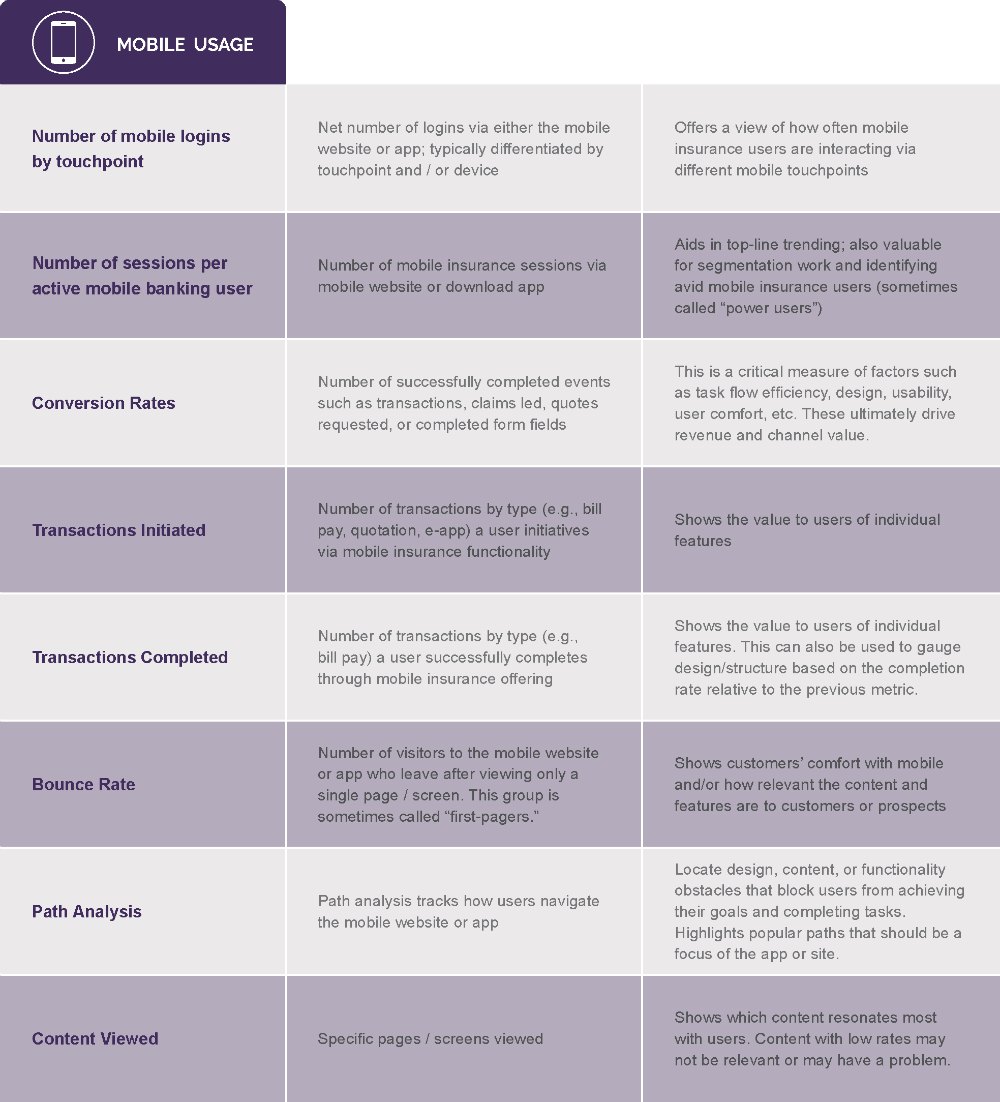How do we improve customer engagement with mobile? Five best practices to get started.
For several years, smartphones and mobile apps have been the most widely used platforms for engaging with target audiences. Yet as the mobile landscape has matured, we have seen a shift from app downloads to engagement as the key differentiator for success in an increasingly digital world.
Why does engagement matter? Because understanding how customers and employees interact with their favorite apps is crucial for improving adoption and usage frequency.
Having this insight helps digital strategy teams build the business case for more strategic transformation investments, and enables your brand to build trust with customers.
So how do you improve customer engagement with mobile? Here are five best practices to get started:
Tip #1: Introduce Smarter Notifications and Personalization
Modern apps are smarter than their predecessors. If your mobile apps were designed more than two years ago, then they are arguably outdated. Why? Because modern apps designed for iOS 11 and Android 7 are able to personalize content down to the individual user. This enables mobile development teams to utilize smarter notifications and alerts, supported by predictive analytics that anticipates and respond to customer desires before they’re even expressed.
Tip #2: Embrace Metrics for Engagement and Business Outcomes
While mobile teams have been embracing technical metrics for years, only recently have brands begun to establish business-friendly metrics for measuring engagement. Here are a few examples of mobile engagement metrics for financial services and insurance:
In all cases, the goal of engagement metrics is to provide insights into how mobile apps are enabling business outcomes while providing a usable, useful and beautiful customer experience.
Tip #3: Move Towards Apps as a Service
The experience of mobile being a set of screens with a bunch of app icons that lead to independent destinations is evolving. And that changes what we need to design and build. The dominant mobile platforms, Apple and Google, realize this and have re-designed their notification center as a single destination for displaying contextual information and app-specific tasks across all apps on the device.
Over time, our primary interface for interacting with apps will not be the app itself. The app will continue to exist as a publishing tool, while the primary way that customers experience your app is through the notification center, not by opening the app itself. This is where having a robust set of APIs and cloud services that are consumed via your app – as well as third-party business partner apps – is so important.
This requires mobile developers to break down the information and actions inside the app, and reassemble them via the notification center where they can be aggregated in a central stream, or pushed to your smartwatch or voice assistant.
In a world where app notifications are full experiences in and of themselves, the screen of app icons will make less sense. Why open a bunch of individual apps when you can get relevant content as a notification and take action directly in the notification center?
Tip #4: Monetize Mobile Moments
Many digital teams have invested resources and budget to provide compelling mobile experiences. But despite these investments, many brands have yet to see a meaningful return on their investment.
Sound familiar?
Start thinking about mobile apps as part of the end-to-end customer experience. Understand what your customers truly want, and give them the ability to purchase – and pay for – products and services directly from their phone. This is where mobile payment technologies can drive higher customer engagement because paying customers tend to be more loyal and spend more of their time using your app.
Tip #5: Have a Product Mindset
The way we deliver digital experiences is changing. Many organizations use projects to drive their day-to-day operations. IT professionals often think of business initiatives as projects, and marketers often think of business initiatives as campaigns. But the net result is the same: a time-boxed set of coordinated tasks and activities that have a definitive start and end date.
I would encourage you to take a product mindset when thinking of mobile engagement:
- Products consistently deliver significant new value to the business through continuous innovation
- Products are empowering, stimulate design thinking and innovative problem solving
- Products are cross-functional, requiring business and IT experts to work continuously work together on ideation, design, engineering, and analytics
- Products promote continuous learning, iteration and incremental delivery of new features and customer experiences
- Products are born, grow, mature and eventually decline. Projects don’t experience the lifecycle of growing and maturing
How is your organization increasing mobile engagement?

